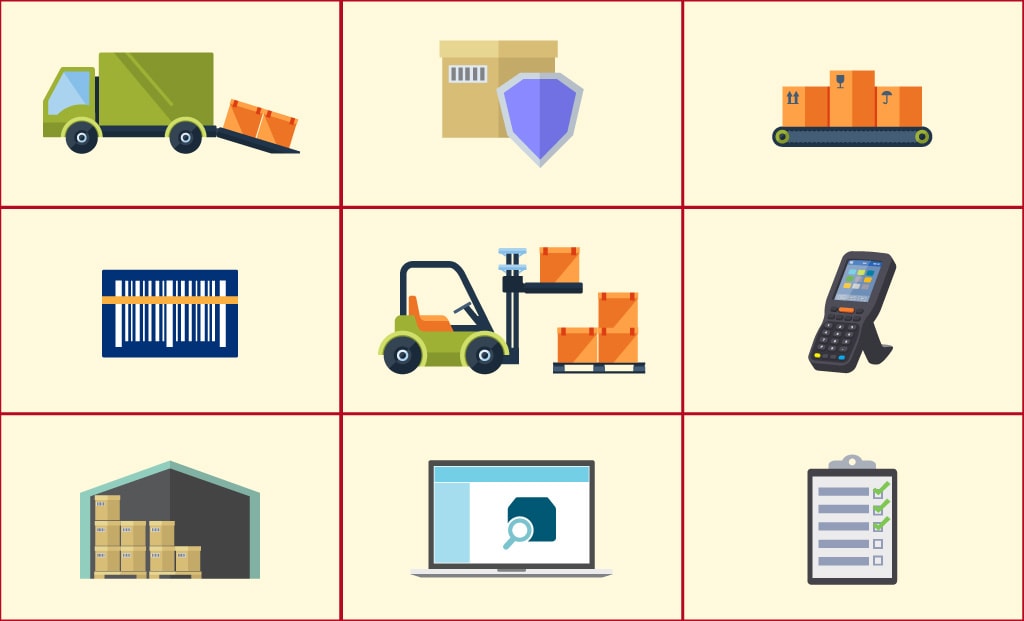We often hear about manufacturers recalling batches of products that have already been sold to customers. These products number from a few thousand to millions and are not limited to a few industry categories. Almost every industry faces this issue.
Product recalls are a costly activity as manufacturers have to identify the faulty product batches, track them to respective customers, recall the products, replace the faulty parts/products and deliver the ‘new product’ to customers again. The costs increase if the time between the sale of the faulty product batch and fault identification is more.
Product recalls cost enterprises more than just money. It leads to a loss of reputation, trust amongst customers & stakeholders, and a subsequent drop in share prices.
As manufacturers, one of the most important goals is to manufacture and deliver quality products to customers. In order to achieve this consistently on a day-to-day basis, the products go through a lot of quality control checks and procedures.
So, why do we hear about these product recalls and quality issues?
The Covid-10 pandemic has disrupted global supply chains for the past two years leading to a shortage of raw materials. Manufacturers are increasingly scrambling to find reliable suppliers who can deliver raw materials on time. The resultant shortage of materials is one of the factors leading to product quality issues as manufacturers are forced to rely on second-string suppliers.
Moreover, the materials pass through a long supply chain tail, making it difficult to identify and isolate faulty product batches. This coupled with the non-visible and non-measurable quality management practices adopted by suppliers leads to inconsistent product quality.
Manufacturers do have in-house quality management processes to check incoming goods’ quality. These can be detected at the goods receiving stage, at each phase of the manufacturing process, or during the quality control checks. However, depending on the reliability of these processes, there are possibilities of the faulty parts going undetected and moving on to the manufacturing phase.
So, what can be done to improve quality across the supply chain?
Adopting a Robust Quality Management Control across the Supply Chain
Tracking product quality across the long supply chain tail sounds like an impossible, time-consuming, and cost-intensive exercise. However, with ERP software’s integrated capabilities and powerful functionalities, manufacturers can ensure consistent quality across the supply chain.
Quality Management Practices
Manufacturers need to have a clear goal in mind when it comes to adopting and implementing quality management practices within their organization and across the supply chain.
PPAP
Manufacturers need to effectively implement the Product Part Approval Process (PPAP) that ensures suppliers meet the required product design and quality specifications. Suppliers should maintain an internal quality management system and documentation that meets the PPAP along with maintaining the highest quality of products that they supply.
With PPAP, manufacturers can have robust control over product quality and supplier evaluation.
Goods Receiving Inspection
Manufacturers can nip faulty products in the bud at the time of goods receiving by setting up an inspection process. Inspection of goods via sampling process ensures that any product defect can be identified at an early stage before the goods even make it to the manufacturer’s warehouse. This prevents faulty finished products and improves quality compliance.
SCARs
Manufacturers can adopt Supplier Corrective Action Requests (SCARs) as a way to improve communications and visibility with their suppliers. SCARs process involves conducting a root-cause analysis (RCA) of the identified defect in the supplied product, steps that will be taken to correct the same, and analyzing the risks involved.
This ensures that suppliers and manufacturers are on the same page where product defects are concerned and adequate steps are taken to prevent them in the future.
Supply Chain Visibility
The most crucial factor that affects product quality is the lack of supply chain visibility. With ERP software, manufacturers can get real-time data across the entire supply chain. With the ERP integrated with Shipping, Bar-code, and RFID technology, manufacturers can track goods movement across the supply chain. This improves product traceability and they can zero in on a defective product batch/part quickly.
Supplier Performance Data
Manufacturers can maintain supplier performance data with the ERP. They can capture critical historical parameters such as product quality, procedure adherence, on-time delivery, pricing, credit due, supplier info, etc. They can access past quality issues and vendor performance metrics.
With this, they can conduct in-depth analysis to see how product quality has improved or decreased over a span of months/years and take informed decisions.
Supplier Relationships
Manufacturers cannot afford to have just a transactional relationship with their suppliers. They need to involve their suppliers in decision-making and build an exclusive relationship with them. Communication is the key and manufacturers should enable real-time information sharing with their suppliers to ensure transparency and visibility.
With ERP’s in-built Electronic Data Interchange (EDI), manufacturers and suppliers can exchange critical information pertaining to inventory, goods pricing, tracking, and quality. Any quality issues can be quickly communicated thereby enabling swift product traceability at a nascent stage.
Supplier portals enable manufacturers to give access to key information such as inventory availability, PO release, date, quantity, delivery due date, product configuration, taxation, etc. They can also access customer demand and forecasting data and dispatch materials when the manufacturer’s inventory is low.
Suppliers can access quality specifications, quality certificates, product manuals, item specifications, etc. This helps them to keep a constant check on the quality of materials that they supply.
Conclusion
Product defects are a costly affair for the entire manufacturing industry. They have the potential to disrupt production, delay customer deliveries, and put a big dent in market reputation and customer trust.
Manufacturers in collaboration with suppliers can prevent it to a great extent by adopting technology in the form of ERP software in addition to robust supply chain and quality management practices.
This way, both entities can deliver the highest levels of product quality to their customers and propel market growth.
Check out OmegaCube ERP’s Supply Chain Collaboration feature that helps manufacturers effectively collaborate with their suppliers and get quality materials on time.





